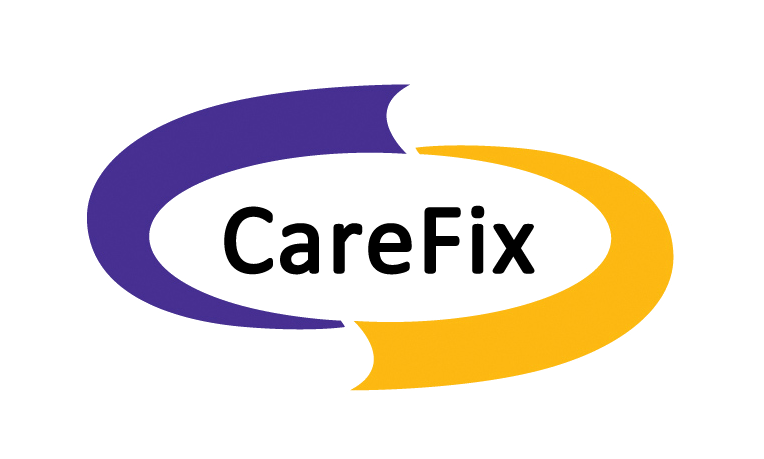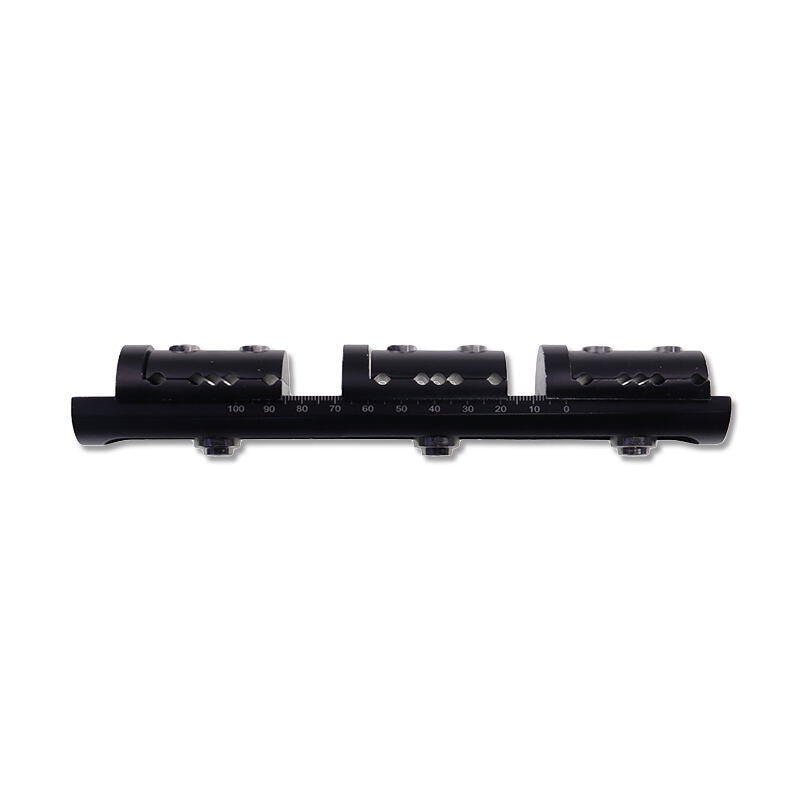Introduction to Unilateral Stents in Orthopedic Treatment
The field of orthopedics is seeing major changes thanks to unilateral stents which provide fresh approaches to managing broken bones. For decades, doctors primarily used external fixation devices to hold fractures in place during healing. But things have changed quite a bit lately, with better options becoming available for patients suffering from these injuries. These new unilateral stents represent an important step forward in that progression. What makes them stand out? Well, they're actually less invasive than those old bilateral fixation methods many hospitals still use. Surgeons around the country report increased success rates when using these devices, especially in complex cases where traditional approaches just don't cut it. According to recent data from several medical centers, over 60% of trauma departments now regularly incorporate unilateral stents into their standard protocols for treating fractures.
Common Application Scenarios for Unilateral Stents in Limb Fractures
Tibial and Radial Fractures: Simplified Stabilization
For stabilizing tibial and radial fractures, unilateral stents provide real benefits when dealing with these common but tricky injuries. Tibial and radial fractures can be particularly difficult because of how complicated those bones are structurally, plus getting them properly aligned during healing is absolutely critical. Doctors have found that using unilateral stents actually speeds up recovery time quite a bit while cutting down on complications too. Research from multiple orthopedic centers shows patients heal faster overall with better long term results than what we see with older techniques. What makes these stents so useful? They're relatively simple to put in place and take out later, which means patients get back on their feet sooner and spend less time in the hospital recovering. Many clinics report noticeable improvements in patient satisfaction rates after switching to this approach.
Pediatric Fractures: Minimizing Invasive Procedures
When dealing with broken bones in kids, doctors need to be extra cautious to avoid causing more harm while still getting the bone to heal properly. Unilateral stents have become quite popular lately because they're much less intrusive compared to traditional ways of fixing fractures, which makes them especially good for treating children. Studies show that kids who get treated with these stents tend to recover faster and face fewer complications overall. This matters a lot since it allows their bodies to continue growing normally throughout the healing process. The latest findings from medical journals really back up what many orthopedic surgeons already know from experience these devices work well at减轻 both the physical pain and emotional distress that comes with having surgery as a child. Plus, they hold everything in place securely without needing big incisions or prolonged time under anesthesia, something that's absolutely essential when working with younger patients.
Temporary Stabilization Prior to Definitive Surgery
For many orthopedic cases, getting things stabilized temporarily makes all the difference before jumping into actual surgery. That's where unilateral stents come into play quite a bit. These devices really hold their own compared to other temporary solutions because they keep bones properly aligned while also helping with healing processes. Doctors watch patients closely during this stabilization period to make sure everything looks good for when surgery comes around. Using unilateral stents actually cuts down on potential problems and boosts chances of successful operations, which explains why so many surgeons rely on them for tricky fractures. When applied correctly, these stents create a smooth path toward the real treatment without causing extra headaches along the way.
Technical Advantages of Modern Unilateral Stent Systems
Material Durability for Long-Term Use
Today's unilateral stents are made from cutting edge materials that stand up well against wear and tear from all sorts of conditions. Most often, manufacturers go with either titanium alloys or stainless steel because these metals hold up really well during surgeries. Research into how long lasting these materials actually are shows they handle a lot of pressure without breaking down, which makes sense why doctors prefer them for patients needing implants over many years. What worries surgeons most though is when the materials do fail somehow since this can cause serious problems down the road for anyone undergoing treatment. Good news though the field has seen some major improvements lately in material tech that cut down on those failure rates quite a bit. Nowdays, what we see in clinics meets pretty strict standards regarding both dependability and keeping patients safe throughout their recovery process.
Anatomic Compatibility Across Fracture Types
Orthopedic surgeons find unilateral stents incredibly useful because these devices can adjust to all sorts of body shapes and different kinds of fractures. What makes them work so well? The secret lies in their customizable design that fits nicely into various bone structures. Research from multiple clinics shows these stents really do perform across a wide range of fracture cases. When doctors create personalized treatment plans, they often choose stents based on what works best for each individual patient. This approach matters a lot since it means getting exactly the right solution for every fracture situation, which speeds up healing time and reduces risks of problems down the road.
Progressive Adjustability for Healing Stages
What really sets modern unilateral stents apart is their ability to adjust progressively during healing. The fact that they can adapt makes all the difference when someone is recovering from an injury. As different parts of the healing process happen, doctors can actually modify the stent settings accordingly. Take real world cases where patients have benefited from this feature. Some doctors report better results when using adjustable stents because they match exactly what the body needs at each stage of recovery. Safety comes first though, so medical professionals follow strict protocols to make sure any adjustments align properly with where the healing stands. Overall, this kind of flexibility helps manage fractures much better while working with how our bodies naturally heal themselves, which is pretty important stuff in orthopedic treatment today.
Important Clinical Considerations for Safe Use
Precision Fitting Techniques for Optimal Alignment
Getting the fit right on those unilateral stents makes all the difference when it comes to proper alignment and stability for our patients. When we get this part right, the stents actually do their job supporting the limb properly, which means less pain overall and fewer problems down the road. Most orthopedic docs will tell anyone who asks that good imaging is absolutely essential here. MRI and CT scans give us those crucial details about what's going on inside the body, so we can place everything just where it needs to be. Take Dr. John Reynolds for example he's been doing this stuff for years now and his approach always combines hands-on examination with solid imaging results. This dual method helps create custom fits that match each person's body exactly, avoiding those pesky alignment problems that slow down recovery time.
Monitoring Skin Integrity and Nerve Function
Monitoring skin condition and checking nerve responses around the stent area matters a lot for preventing problems in people who have had unilateral stent placements. Doctors typically recommend daily inspections of the skin near where the stent was placed, looking out for redness, swelling, or any open sores that might signal trouble ahead. Most orthopedic specialists will run regular nerve tests too since healthy nerves mean better comfort levels and improved movement after surgery. When stents aren't positioned correctly, they can press against nearby nerves causing numbness, tingling, or even weakness in affected areas. Real world examples show us that patients whose conditions weren't monitored closely tend to take longer to heal and face more complications down the road. That's why many clinics now include routine checkups and teach patients themselves how to spot warning signs early on – it just makes sense for everyone involved.
Addressing Potential Complications Proactively
Looking out for possible problems when using a single stent is really important for keeping patients safe and helping them recover properly. The main issues that tend to come up are infections, things getting out of alignment, or the stent just breaking down mechanically. These kinds of problems highlight why we need to take some steps ahead of time to prevent bad outcomes. Most doctors agree that regular check-ins and follow up appointments make sense as part of any prevention plan. Staying in touch with medical staff and watching for signs something might be wrong helps catch these issues before they become serious. Taking this kind of approach, which most specialists back up, deals with problems right away while also making sure the stent works well over time for better overall health results.
FAQ
What are unilateral stents in orthopedic treatment?
Unilateral stents are innovative tools used in orthopedic treatment for managing fractures. They provide a less invasive fixation alternative to traditional bilateral methods, promoting effective fracture stabilization and enhanced mobility post-surgery.
How have unilateral stents evolved modern orthopedic practices?
Unilateral stents have transformed orthopedic practices by offering durable, adjustable systems that reduce operative trauma and enhance precision in fracture management, particularly in complex and pediatric cases.
What are the benefits of using unilateral stents for pediatric fractures?
For pediatric fractures, unilateral stents offer a less invasive alternative, reducing trauma, shortening recovery time, and lowering complications while supporting normal growth and development.
How do unilateral stents support temporary stabilization in orthopedic treatment?
Unilateral stents provide reliable stabilization before definitive surgery, helping maintain bone alignment and promote healing, which is crucial for effective pre-operative management.
What materials are unilateral stents made from?
Modern unilateral stents are typically made from durable materials like titanium alloys or stainless steel, ensuring resistance to physical stress and suitability for long-term orthopedic applications.
How can complications from unilateral stents be managed proactively?
Complications from unilateral stents can be managed by adhering to regular follow-up care, continuous monitoring, and systematic observation to enable early detection and efficient management of potential issues.
Table of Contents
- Introduction to Unilateral Stents in Orthopedic Treatment
- Common Application Scenarios for Unilateral Stents in Limb Fractures
- Technical Advantages of Modern Unilateral Stent Systems
- Important Clinical Considerations for Safe Use
-
FAQ
- What are unilateral stents in orthopedic treatment?
- How have unilateral stents evolved modern orthopedic practices?
- What are the benefits of using unilateral stents for pediatric fractures?
- How do unilateral stents support temporary stabilization in orthopedic treatment?
- What materials are unilateral stents made from?
- How can complications from unilateral stents be managed proactively?


